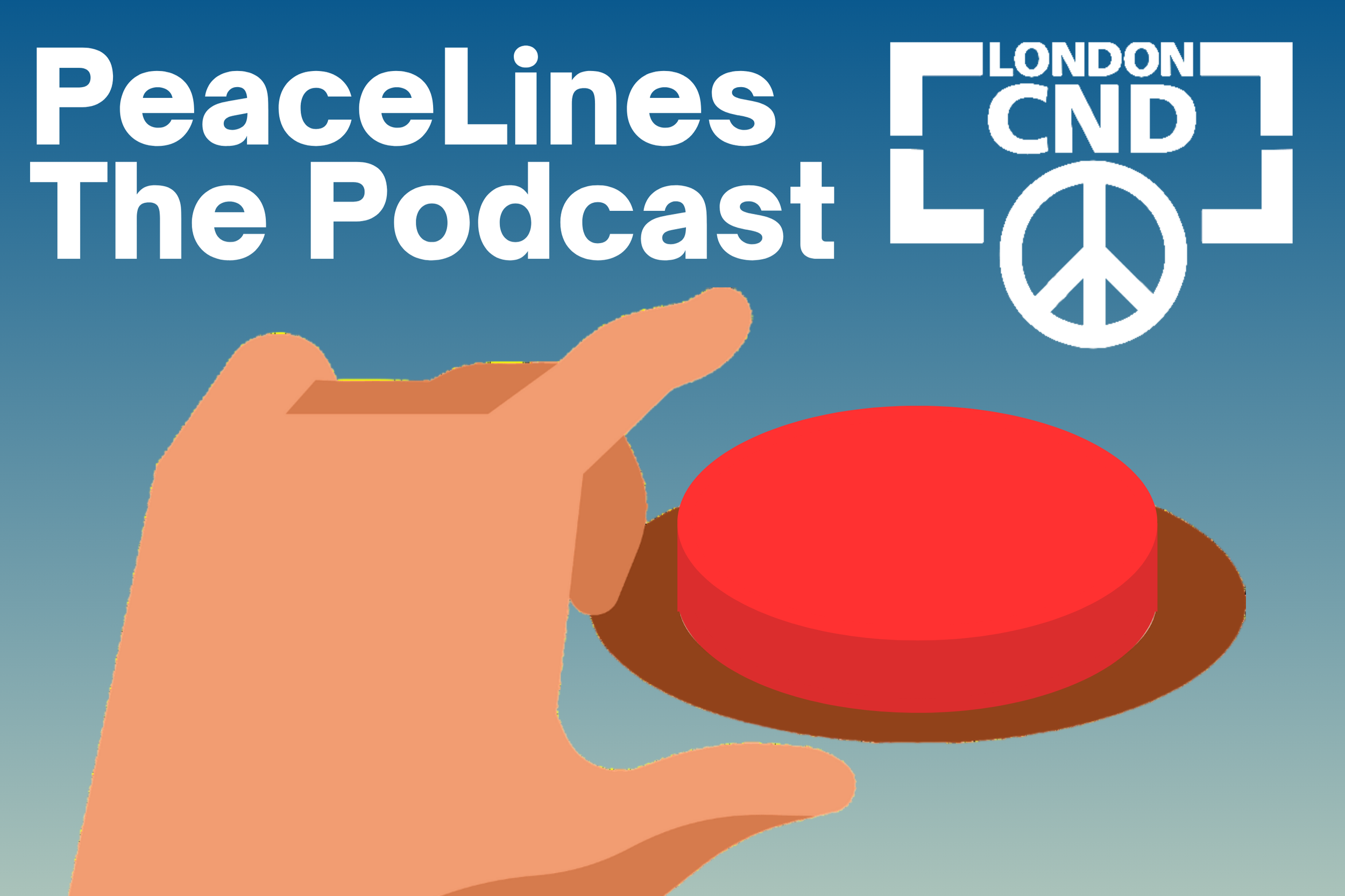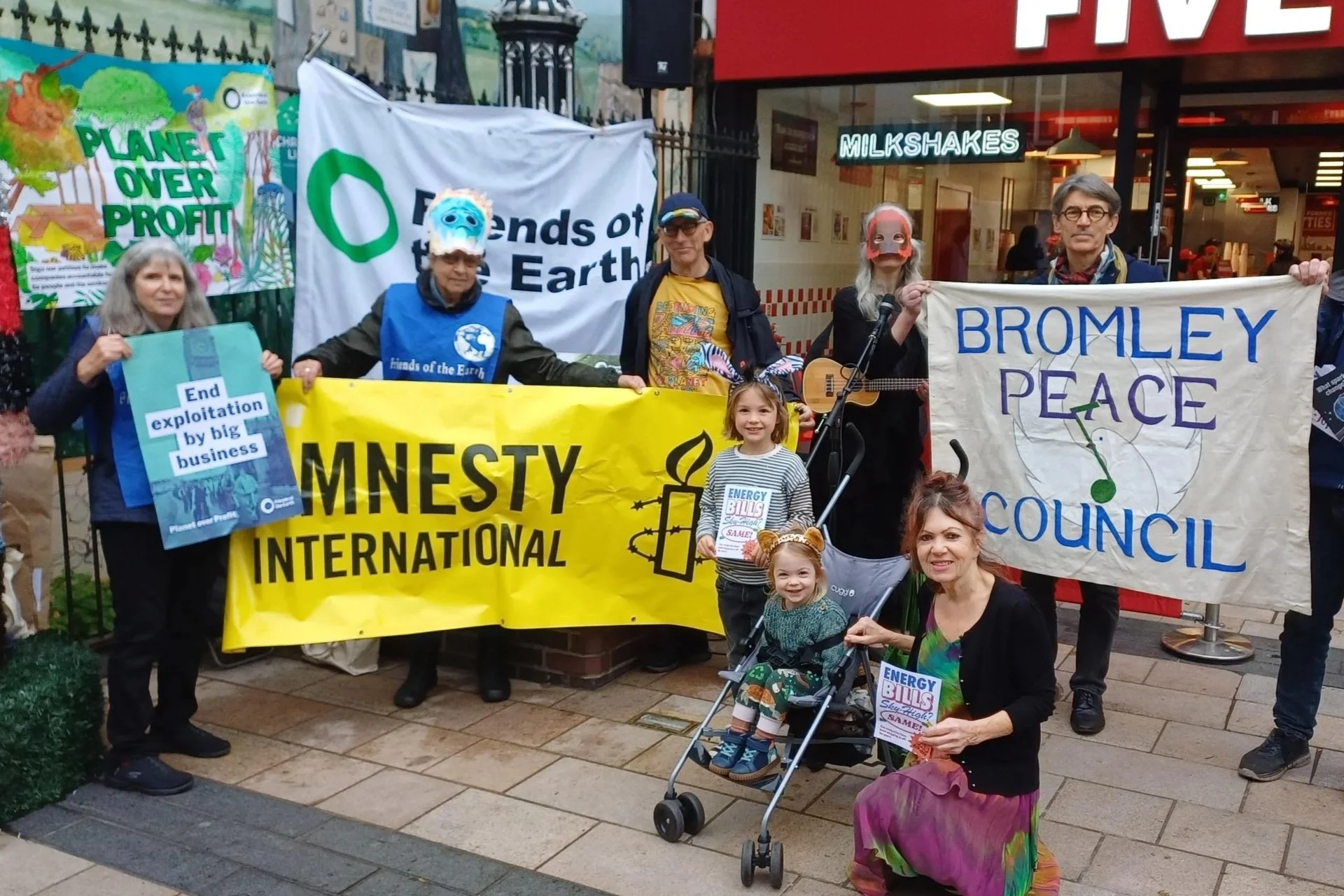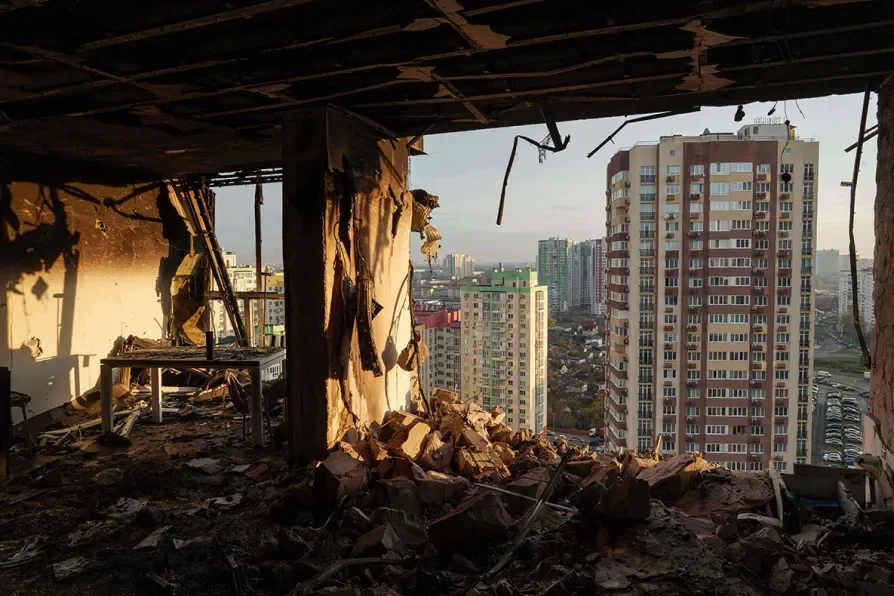CAROL TURNER points out the failure of the film Oppenheimer to face up to the real-life consequences of nuclear warfare
- First published in the Morning Star
CHRISTOPHER NOLAN’s big-name, big-budget film, Oppenheimer, opened last Friday amid considerable interest. Within 24 hours international box office returns had topped $174 million. It has already been nominated for a variety of awards.
This three-hour film, which tells the story of the atomic bomb through the eyes of theoretical physicist and Manhattan Project director Robert Oppenheimer, is a visually captivating and complex tale, with sufficient dramatic tempo to hold the audience’s attention over a long period.
The filmic success of Oppenheimer sits unhappily alongside its cinematic impact, however. It is, I believe, a flawed cultural creation.
The many layers of Oppenheimer’s character, the visual beauty of New Mexico, the images of heavens and atoms which represent the physicist’s imagination, and the dramatic tension maintained over three hours, are all part of the film’s accomplishments.
But for me the effectiveness of the way in which the tale is told cannot, and should not, be divorced from the story the film does not tell.
Its failure to even hint at the horrors of the Hiroshima and Nagasaki bombings, not to mention the ongoing impact of nuclear weapons on the post-WWII world are, arguably, every bit as important and dramatic as the scientific discovery lionised in the film. But only one oblique moment in the film expresses this.
When he meets President Harry Truman, Oppenheimer voices concern about the potential uses of the new weapon and his fears of being remembered as the father of the atom bomb; Truman replies that people will not remember who built the bomb but who used it.
It is not the film-maker’s job to deliver a political sermon, of course. But it was within Nolan’s gift to hint at the real and terrible implications which are the other side of the scientific story.
By his own admission he is a film-maker who emphasises the necessity of real rather than studio settings to enhance actors’ performances and audience experience.
A glimpse of the impact of the bomb would have contributed to an all-round appreciation of the subject matter.
For Nolan, the foremost interest of the film lay in the Trinity test, the moment when the Manhattan scientists realise they cannot rule out the possibility of the atom bomb “setting fire to the atmosphere and destroying the entire world.”
This is central to his rationale for the film’s focus on the exhilaration of being at the cutting edge of scientific exploration.
In the same BBC interview, Nolan expresses his view that “the magnitude of the consequences” aren’t much of a factor in the scientific assessment of the likely outcomes.
Does this account for the missing acknowledgement of the gruesome toll on Hiroshima and Nagasaki? If it does, it runs counter to the thread of Oppenheimer’s concerns which are presented throughout the film.
In a Film 4 Interview Special, Nolan explains he sought “to take the audience and put them into Oppenheimer’s head” so that we understand rather than judge him.
Interestingly, in the same interview Matt Damon (who plays General Groves, Oppenheimer’s military overseer) gives a personal take on the issue.
The end of the cold war brought with it the idea that nuclear weapons were no longer a danger, he says.
“Obviously that’s absurd, the threat didn’t go anywhere. As we started shooting the war in Ukraine broke out. It suddenly seemed like a switch had flipped and everybody was talking about it again.”
Whether Nolan recognises it or not, the contemporary threat of nuclear conflict is at least part of the attraction of Oppenheimer right now. Instead, Nolan has reinforced the Establishment narrative: nuclear weapons are a necessary “deterrent,” not that proliferation is the actual threat we face.
As I watched the audience leave the preview I attended early last week, I didn’t doubt that the animated conversations were about the excitement of building a bomb, not the dreadful consequences of the nuclear weapons that we all still live with.
Despite the film’s many attributes, I’m left feeling I’ve watched a sophisticated version of superpower genre films, with Dr Oppenheimer and the Manhattan Project scientists as the latest in a long line of heroes battling good and evil.
Carol Turner is co-chair of London CND.








